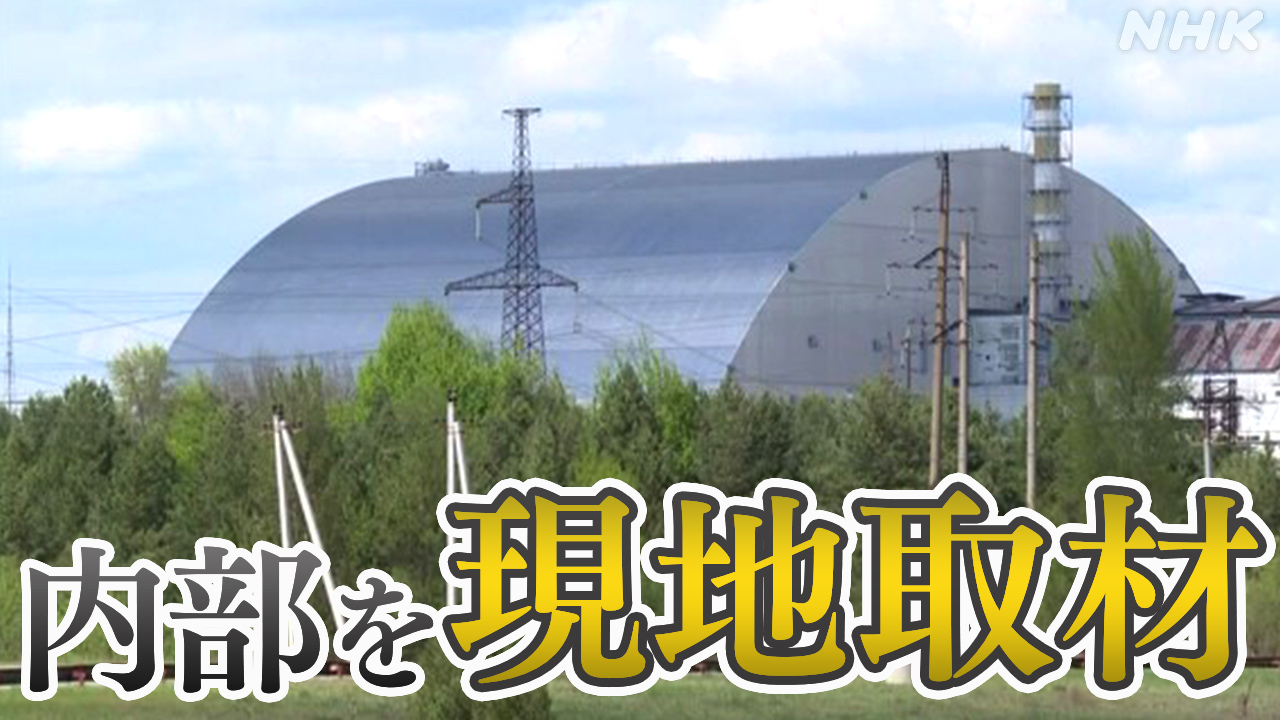Chernobyl Shelter: Damage from Russian Aggression – A Devastating Blow to Nuclear Safety
The ongoing conflict in Ukraine has dealt a devastating blow to global nuclear safety, with the Chernobyl Exclusion Zone, site of the 1986 nuclear disaster, bearing the brunt of Russian aggression. The damage to the Chernobyl shelter, a crucial structure protecting the remnants of the destroyed reactor, raises serious concerns about the potential release of radioactive materials and the long-term environmental consequences.
Russian Occupation and the Threat to Chernobyl's Shelter
The Russian occupation of the Chernobyl Nuclear Power Plant (NPP) from February to March 2022 presented a grave threat to the integrity of the New Safe Confinement (NSC), the massive arch-like structure built to encase the damaged reactor. Reports indicate significant damage to the infrastructure surrounding the plant and potential disruption to the monitoring systems.
Key Damages Reported:
- Physical Damage to Infrastructure: Satellite imagery and eyewitness accounts suggest damage to buildings, power lines, and other critical infrastructure within the Exclusion Zone. This damage jeopardizes the ongoing monitoring and maintenance of the Chernobyl site.
- Disruption to Monitoring Systems: The occupation disrupted the continuous monitoring of radiation levels, raising concerns about potential undetected leaks or increases in radiation. The long-term impact on data collection and analysis is still being assessed.
- Compromised Security: The occupation compromised the security of the site, leaving it vulnerable to looting, vandalism, and potential sabotage, further exacerbating the risks associated with the handling of radioactive materials.
- Impact on Personnel: The Ukrainian staff who maintained the site were forced to work under duress, facing immense pressure and security risks. This jeopardized the safety and efficiency of the operations within the Chernobyl exclusion zone.
Long-Term Environmental and Health Concerns
The damage inflicted during the Russian occupation has raised significant concerns about the long-term environmental and health consequences. Even minor disruptions to the containment structures could lead to the release of radioactive particles into the atmosphere, potentially impacting the surrounding region and beyond.
Potential Long-Term Impacts:
- Increased Radiation Levels: Damage to the containment structure could lead to increased radiation levels in the Exclusion Zone and surrounding areas, posing a risk to human health and the environment.
- Soil and Water Contamination: Radioactive materials could contaminate soil and water sources, leading to long-term environmental damage and impacting agricultural practices.
- Health Risks to Local Populations: Exposure to increased radiation levels could lead to various health problems, including cancer and other radiation-related illnesses.
International Response and Future Implications
The international community has condemned the actions of the Russian military and expressed deep concern over the potential long-term consequences for nuclear safety. The IAEA (International Atomic Energy Agency) has played a crucial role in monitoring the situation and providing support to Ukraine.
However, the full extent of the damage to the Chernobyl shelter and its long-term implications remain to be fully assessed. A thorough investigation and remediation efforts are crucial to ensure the continued safety of the site and prevent further environmental and health risks. The incident underscores the fragility of nuclear safety in times of conflict and highlights the importance of international cooperation in preventing similar occurrences in the future.
Keywords: Chernobyl, Chernobyl Shelter, Russia, Ukraine, Nuclear Safety, Radiation, Radioactive Materials, New Safe Confinement, IAEA, International Atomic Energy Agency, Russian Aggression, Nuclear Disaster, Environmental Impact, Health Risks, Conflict, Occupation
Related Articles (Internal Links - these would link to other relevant articles on your site):
- [Understanding the Chernobyl Disaster]
- [The New Safe Confinement: A Technological Marvel]
- [The IAEA's Role in Nuclear Safety]
External Links:
- [International Atomic Energy Agency (IAEA)]
- [World Health Organization (WHO) - Radiation and Health]
Call to Action: Stay informed about the ongoing situation in Ukraine and the impact on nuclear safety by following reputable news sources and organizations like the IAEA and WHO. Your awareness can help advocate for stronger international cooperation in protecting nuclear facilities from future conflicts.
